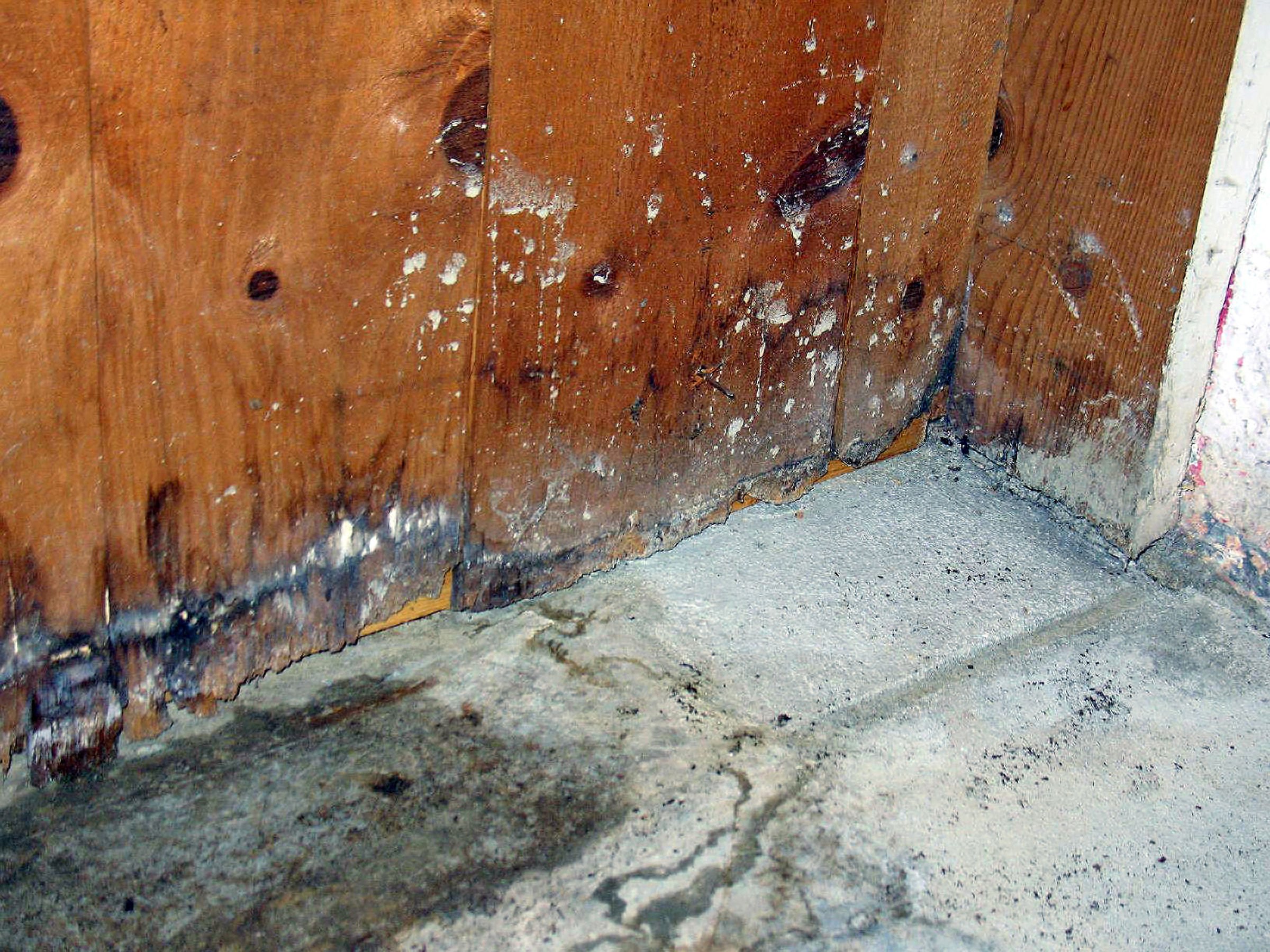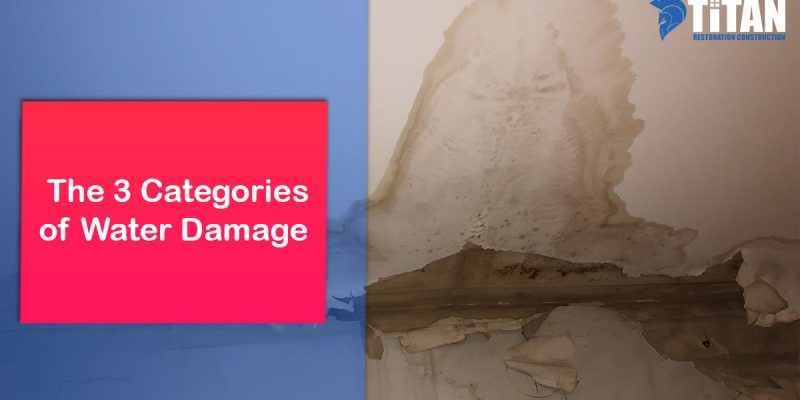Trusted Water Damage Cleanup Services to Restore Your Home’s Safety and Comfort
Trusted Water Damage Cleanup Services to Restore Your Home’s Safety and Comfort
Blog Article
The Refine of Water Damage Cleaning: Ensuring Your Home Is Brought Back Efficiently
Water damage can be a difficult obstacle for property owners, requiring a precise and structured clean-up procedure to bring back safety and performance. At first, an extensive analysis is crucial to determine the extent of the damage and establish the proper remediation procedures. Following this, reliable water extraction methods play a crucial role in mitigating further damage. Nonetheless, the subtleties of drying out, sanitizing, and ultimate restoration are just as vital and often neglected. Understanding these stages can make a substantial distinction in the outcome of your home's reconstruction, triggering a closer consider what each step entails.
Assessing the Damage
Upon finding water damage, the very first step is to extensively evaluate the level of the effect. This preliminary examination is critical, as it assists establish the needed actions for effective cleanup and restoration. Begin by evaluating the affected locations, including walls, ceilings, floors, and personal items, to determine the source of the water intrusion, whether from flooding, leaks, or condensation.
Documenting the damages is essential for both insurance coverage claims and planning remediation efforts - damage restoration services. Usage photos and written notes to catch the severity of the damages, noting any afflicted architectural aspects and products. Pay unique focus to locations that may not be instantly noticeable, such as behind wall surfaces and under rugs, as concealed dampness can bring about further problems, including mold development
Furthermore, evaluate the timeline of the water exposure. Ultimately, a thorough evaluation lays the foundation for a successful water damages clean-up procedure, guaranteeing that all impacted areas are resolved efficiently and extensively.
Water Removal Methods

Professionals commonly use completely submersible pumps for bigger volumes of water, which can promptly reduce flooding in cellars or other affected areas. For smaller quantities, wet/dry vacuum cleaners are usually utilized to draw out recurring dampness from carpetings and difficult surface areas. Additionally, making use of mobile extractors permits for targeted removal in restricted areas or areas with delicate products.
In instances of infected water, such as sewer or floodwater, progressed extraction strategies may involve making use of biohazard equipment to guarantee security and compliance with health laws. High-powered removal devices are essential in reducing water retention in structural products, which can bring about mold and mildew growth and structural degeneration otherwise addressed promptly.
Ultimately, the effectiveness of water extraction strategies plays an essential function in the general success of the water damage clean-up procedure, preparing for subsequent restoration initiatives.
Drying and Dehumidification
Once standing water has been successfully removed, the next critical stage in the water damage cleanup procedure is drying out and dehumidification. This step is important to stop more damages and mold and mildew development, which can happen within 24 to 48 hours in damp atmospheres.
To accomplish effective drying out, specialized tools such as industrial-grade air movers and dehumidifiers is used. Air movers distribute air across wet surfaces, boosting dissipation rates, while dehumidifiers lower humidity degrees airborne, promoting a conducive setting for drying. The combination of these devices makes certain that dampness is extracted from home furnishings, floorings, and walls, allowing them to dry completely.
It is important to monitor the drying procedure closely. Professionals typically utilize wetness meters to evaluate the moisture content in different materials, guaranteeing that all impacted areas get to acceptable dryness levels. This precise technique aids to avoid concealed moisture pockets that can cause structural damages or undesirable mold development.

Cleansing and Sterilizing
After the drying and dehumidification phase is full, the following vital action in water damages clean-up is cleaning and sanitizing the influenced locations. This procedure is crucial to avoid the development of mold and mildew, germs, and various other pathogens that thrive in damp settings.
The cleansing phase commonly entails removing any kind of debris, dust, and contaminants from surface areas making use of specialized cleaning up representatives. For difficult surface areas, a combination of soap and water or industrial cleaning products is frequently used. Soft materials, such as upholstery and carpets, may call for more substantial cleansing approaches, consisting of steam cleaning or deep removal strategies, to guarantee thorough sanitation.

Sterilizing follows cleansing, using EPA-approved anti-bacterials to get rid of dangerous microorganisms. This step is find more essential, specifically in areas that may have entered call with floodwaters or sewer, as these sources can position major health and wellness risks.
Furthermore, it is necessary to attend to any type of remaining smells, which might require the use of odor neutralizers or innovative techniques like ozone therapy. Correct cleaning and sanitizing not only recover the safety and security and health of your home but likewise prepared for effective restoration and fixings in succeeding stages of the water damages clean-up procedure.
Reconstruction and Repairs

As soon as the evaluation is total, restoration efforts can begin. Furthermore, flooring might require comparable interest, depending on the level of water exposure.
It is crucial to engage seasoned repair professionals during this process, as they have the proficiency to handle complex fixings successfully. Moreover, they can help mitigate possible future problems, such as mold and mildew growth or structural instability, hence making certain a risk-free and habitable living setting. Inevitably, effective repair and repair services bring back the home's integrity and boost its general value.
Conclusion
In verdict, the process of water damage cleaning is essential for bring back a home to its pre-damage problem. Each phase, from evaluating the damages to carrying out effective water extraction methods, adhered to by detailed drying, disinfecting, and needed repairs, plays a vital function in making sure safety and compliance with building requirements. Efficient execution of these actions not just minimizes prompt damage however likewise boosts the long-term stability and worth of the residential property.
Water damages can be a daunting difficulty for home owners, demanding a careful and structured cleanup process to restore security and capability. Ultimately, a comprehensive analysis lays the foundation for a successful water damage clean-up procedure, making certain that all impacted locations are dealt with successfully and thoroughly.
Efficient water extraction methods are crucial in mitigating go to this website damage and avoiding additional complications complying with a water intrusion event.In final thought, the procedure of water damage clean-up is critical for bring back a home to its pre-damage condition. Each phase, from assessing the damages to implementing efficient water removal methods, followed by extensive drying, disinfecting, and essential repair work, plays a necessary function in ensuring safety and security and conformity with structure standards.
Report this page